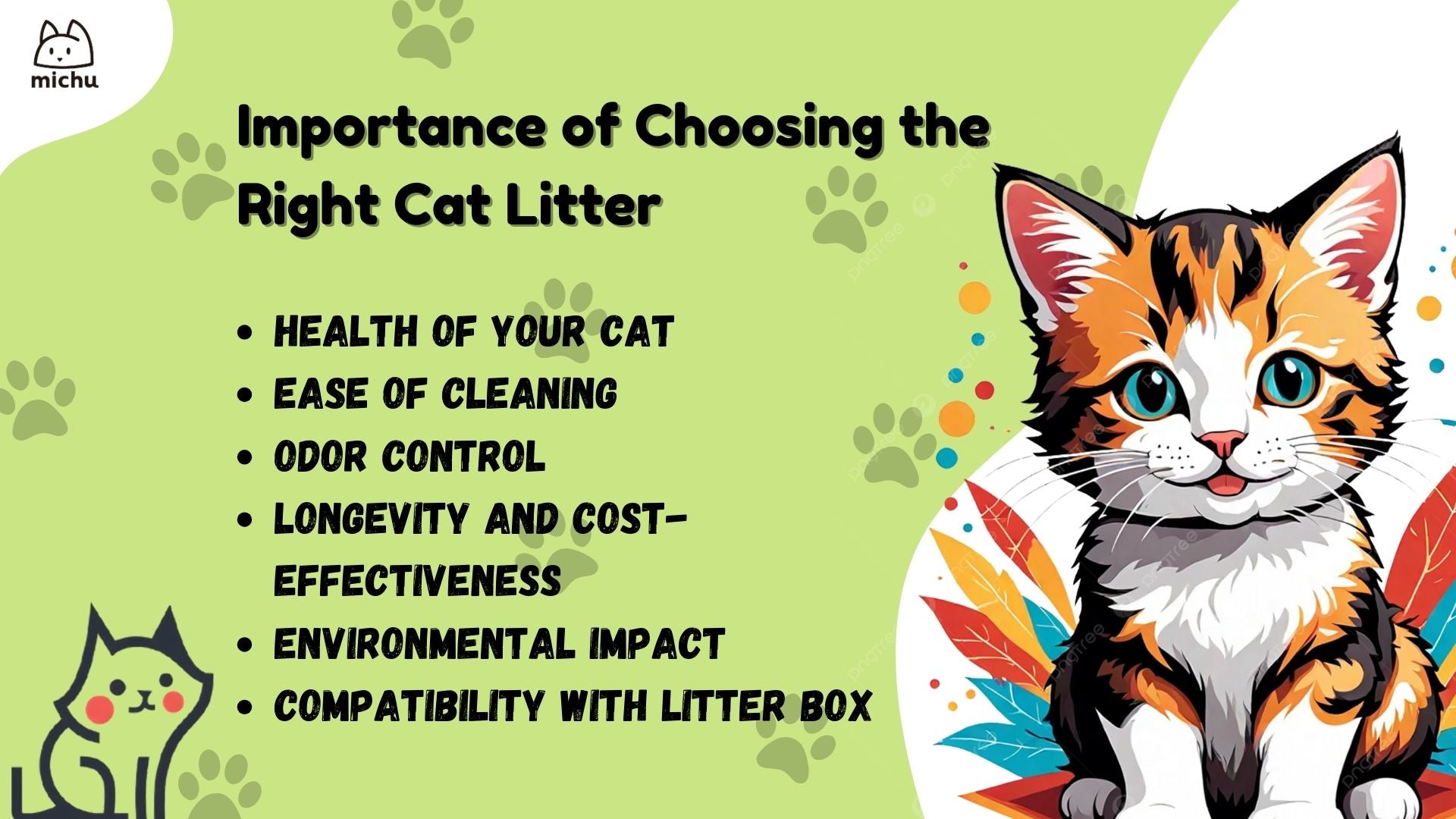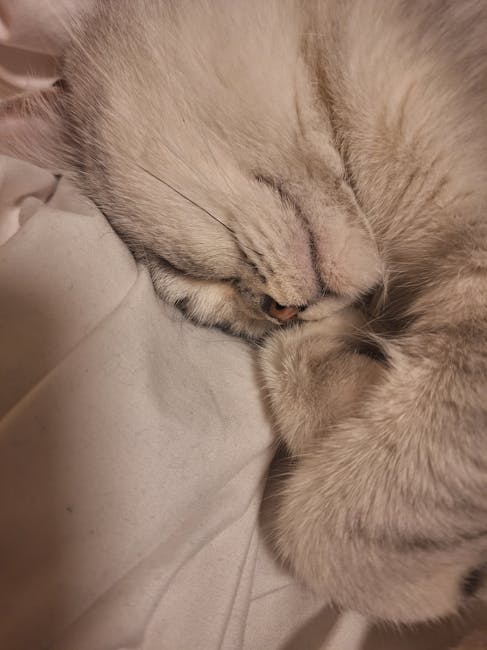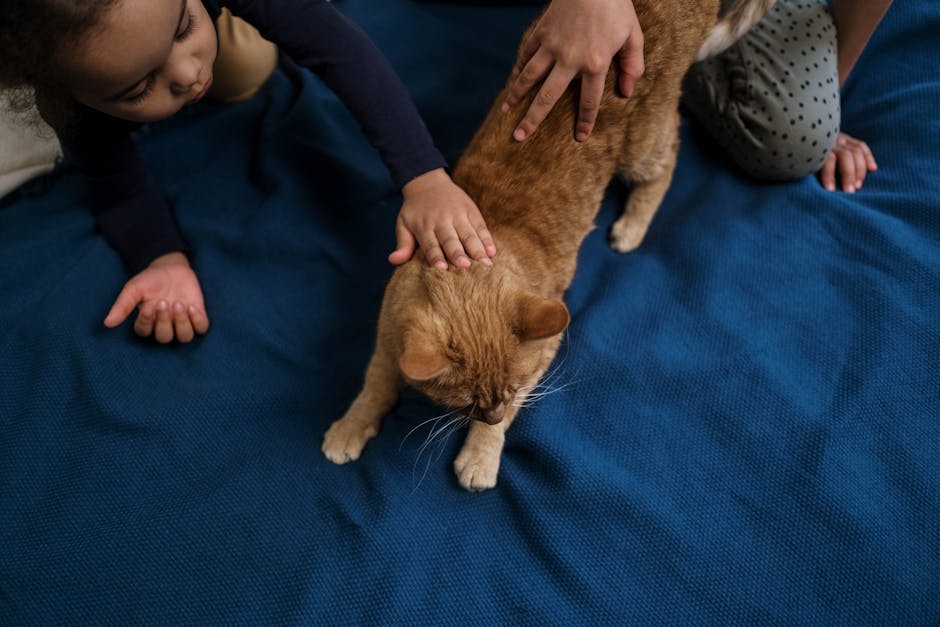Best Cat Grooming Tools
- For shedding: Furminator Undercoat Tool
- For short hair: Hertzko Self-Cleaning Slicker Brush
- For sensitive cats: K9 Konnection Grooming Glove
- For mats: Safari Professional Steel Cat Comb
- For fleas: Hertzko Flea Comb
- For bathing: Lilly Brush Tool
- For nail clipping: Catit Nail Clippers
Grooming is a crucial aspect of cat care that often gets overlooked in the bustling lives of pet owners. Many people assume that cats are self-sufficient when it comes to maintaining their cleanliness. While it’s true that felines are expert self-groomers, they still require the help of their human companions. Regular grooming not only keeps a cat’s coat looking fabulous but also supports their overall health.
Grooming involves much more than just brushing fur. It includes a range of activities such as bathing, nail trimming, ear cleaning, and even dental hygiene. By incorporating these practices into your cat care routine, you’ll foster a healthy and happy feline friend. An anecdote comes to mind: a friend of mine had a Maine Coon named Leo. He would purr loudly during his grooming sessions, proving that grooming can also be a bonding experience. Watching him transform from a fluffy furball into a sleek companion was a rewarding experience that both of them cherished.
Benefits of Grooming Your Cat
Understanding the benefits of grooming can motivate cat owners to prioritize this essential activity. Here are some reasons why grooming is not just a luxury but a necessity:
- Health Check: Regular grooming sessions provide an opportunity to check for skin issues, lumps, or fleas that could go unnoticed. Early detection of these issues can lead to more effective treatments.
- Reduced Shedding: Keeping a consistent grooming schedule can significantly minimize shedding, keeping your home cleaner and reducing allergens.
- Mat Prevention: Certain breeds are prone to matting. Regular brushing can help prevent mats and tangles that could cause discomfort and lead to skin problems.
- Improved Bonding: Engaging in grooming activities can strengthen the bond between you and your cat. This one-on-one time can enhance trust and affection, making your relationship even more meaningful.
- Hygiene: Grooming helps maintain proper hygiene by cleaning your cat’s fur, which is essential, especially for indoor cats who might not get as dirty as outdoor ones.
- Stress Relief: For many cats, regular grooming can alleviate stress. It provides a comforting routine that reduces anxiety and promotes relaxation.
By investing time into grooming, cat owners not only improve their pet’s appearance but also enhance their overall quality of life. Understanding how much is cat grooming in terms of time and necessary tools can help you plan for a sustainable grooming routine that works well for both you and your feline friend.
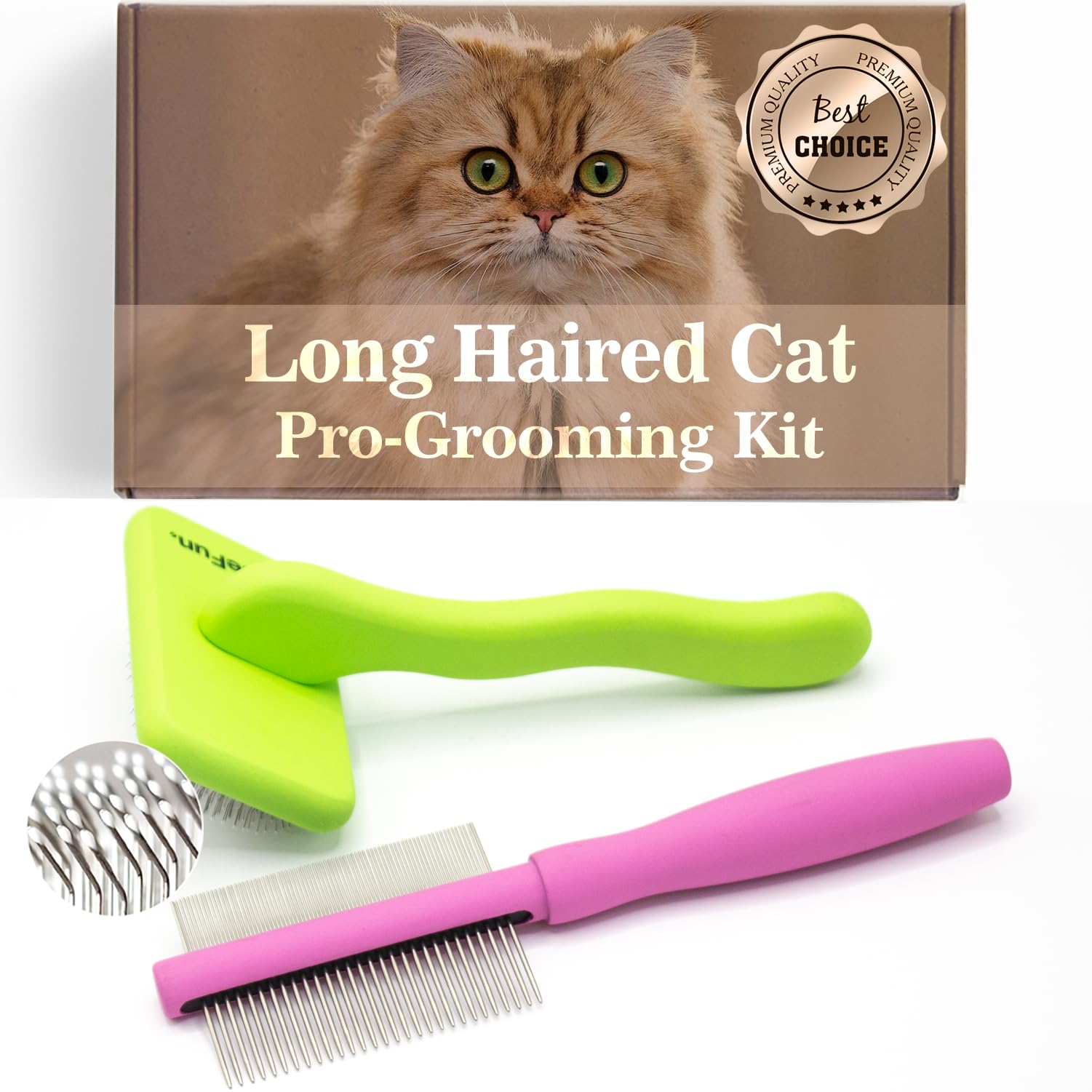
Popular Cat Grooming Tools on Amazon
Types of Cat Brushes
When it comes to grooming your feline friend, having the right tools can make all the difference. Cat brushes are particularly essential and come in various types, each designed to address specific grooming needs.
Here’s a rundown of popular brush types you can find:
- Slicker Brushes: These brushes have fine, short wires close together on a flat surface, making them great for removing loose fur and preventing mats. They work exceptionally well on long-haired breeds like Persians or Maine Coons.
- Bristle Brushes: Ideal for short-haired cats, these brushes distribute natural oils throughout the fur, promoting a shiny coat while also removing dirt and loose hair.
- Rubber Brushes: These are gentle on your cat’s skin and are excellent for massaging and removing loose hairs. They can also provide a relaxing experience for your cat, similar to a spa day!
- Undercoat Rakes: Perfect for tackling thick undercoats, these are particularly useful in shedding seasons. If your cat is a heavy shedder, you might want to invest in one of these.
While shopping for cat brushes on Amazon, you might stumble upon some familiar brands. My friend swears by the Hertzko Self Cleaning Slicker Brush, as it makes her grooming routine hassle-free.
Best Cat Shampoos for Grooming
Finding the best cat shampoo is essential, especially if your kitty is a frequent visitor to the great outdoors or gets into some sticky situations. Here are some highly recommended cat shampoos that you can find on Amazon:
- PetPleasant Cat Shampoo: This natural shampoo is gentle and effective, free from harsh chemicals, making it perfect for sensitive skin.
- TropiClean Oatmeal and Coconut Shampoo: Known for its delightful scent, this shampoo not only soothes dry skin but also leaves your cat smelling fresh for days.
- Vet’s Best Waterless Cat Bath: Affordable and convenient, this no-rinse formula is excellent for quick clean-ups, especially for cats that despise the water.
My cat, Whiskers, is not a fan of baths, so I often rely on the waterless shampoo. It’s a lifesaver for keeping her clean without the chaos of water splashes!
Top-rated Cat Nail Clippers
Last but not least, nail clippers are a grooming essential that shouldn’t be ignored. Regular nail trimming helps prevent your cat from developing painful claws or getting caught on things. Here are some top-rated options:
- Boehmer Cat Nail Clippers: These feature a safety stop to prevent over-trimming, making them perfect for nervous pet owners.
- Resco Original Cat Nail Clippers: This classic design is favored by many pet groomers for its ergonomics and efficiency.
- Pet Republique Cat Nail Clipper: Equipped with an ergonomic grip and safety feature, these clippers come highly recommended for their user-friendliness.
When selecting the right tools, consider your cat’s unique grooming needs and preferences. This will not only enhance the grooming experience but also ensure your furry companion remains healthy and happy.
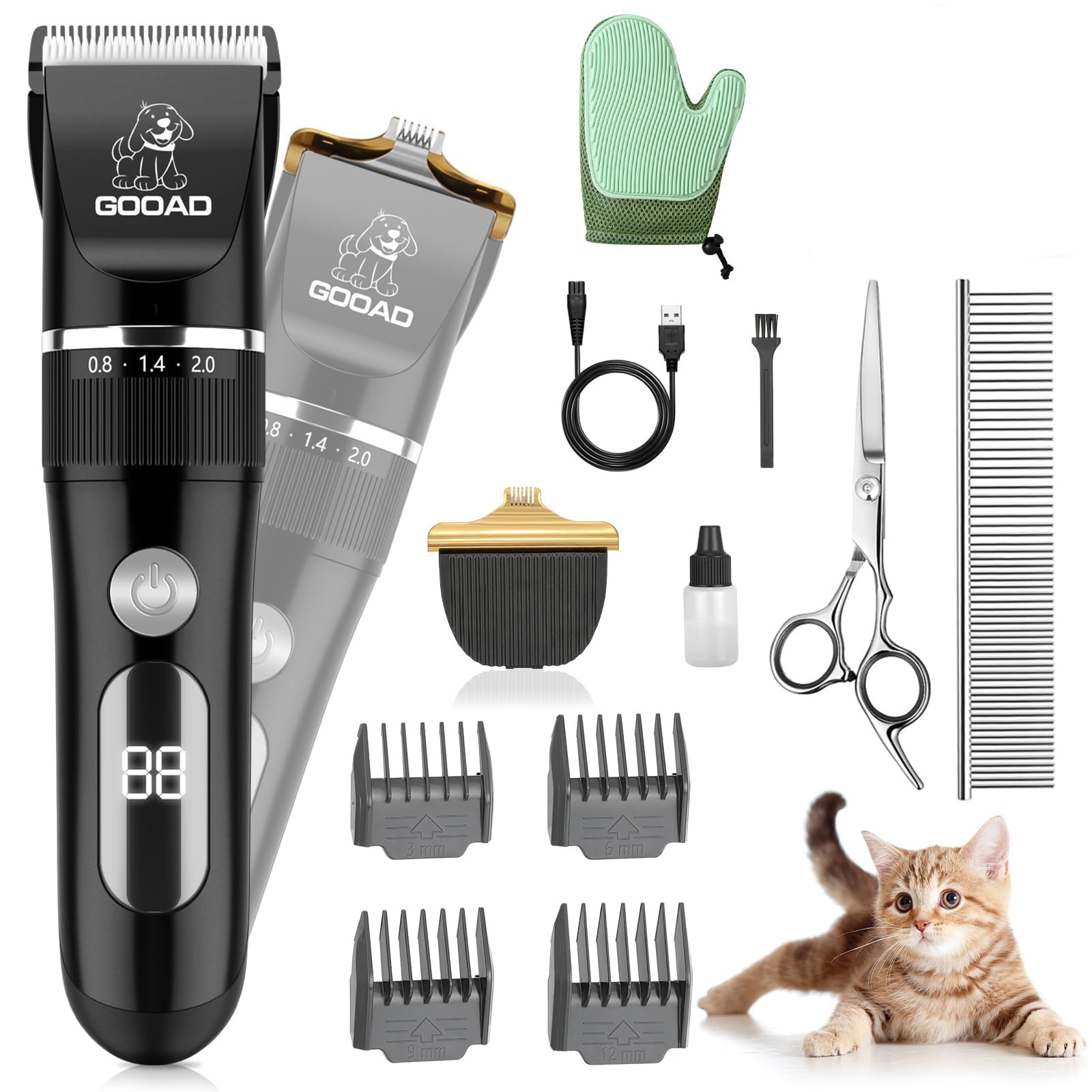
Essential Cat Grooming Tips
How to Brush Your Cat Properly
Brushing your cat is a simple yet crucial part of their grooming regimen. Not only does it help remove loose fur, but it also distributes natural oils throughout their coat, keeping it shiny and healthy. Here’s a step-by-step approach to brushing your cat properly:
- Choose the Right Brush: Depending on your cat’s coat—long, short, or curly—you’ll want the appropriate brush (as discussed earlier). Always ensure the brush features rounded edges to avoid skin irritation.
- Create a Calm Environment: Start by choosing a quiet space free from distractions. You might want to have some treats on hand to reward your kitty for their patience.
- Start Slowly: Allow your cat to sniff the brush first; it can ease their apprehension. Begin by gently brushing in the direction of hair growth, avoiding sensitive areas like the belly and tail initially.
- Take It Easy: Brush for short durations at first—about 5-10 minutes—and gradually increase the time as your cat becomes more comfortable. Pay attention to their body language: if they seem stressed, give them a break.
- Monitor for Mats: If you encounter tangles, work through them carefully with your fingers or a dematting tool, ensuring they’re not distressed during the process.
I remember the first time I tried to brush my cat, Luna; she bolted every time I reached for the brush. After a few quiet sessions, she now curls up next to me, purring as I groom her!
Bathing Your Cat Safely and Effectively
Bathing can be a daunting task, but with the right techniques, you can make it a smoother experience for both of you. Follow these steps to safely bathe your cat:
- Gather Supplies: Have everything ready, including cat shampoo, towels, and a non-slip mat for the tub. Ensure the water is lukewarm to make your cat comfortable.
- Use a Calm Approach: Speak softly to your cat as you place them in the tub, assuring them it’s a secure space. Avoid holding them down; allow them to acclimatize first.
- Wet Gradually: Using a cup or showerhead, gently wet your cat’s coat, avoiding their head to prevent water from entering their ears or eyes.
- Shampoo Carefully: Apply a cat-safe shampoo, ensuring to lather well and rinse thoroughly. Leaving shampoo residue can lead to skin irritation.
- Dry Gently: After the bath, wrap your cat in a towel to absorb excess water. If your cat allows it, you can use a blow dryer on a low setting, keeping a safe distance.
Trimming Your Cat’s Nails
Regular nail trimming is essential for preventing injuries or discomfort for your cat. Here’s how to tackle this task effectively:
- Choose the Right Time: Trim your cat’s nails after they’ve had some playtime and are relaxed, like after a meal or a nap.
- Secure Your Cat: Find a comfy position for both you and your cat. You can cradle them in your lap or on a secure surface. Some cats prefer being gently wrapped in a towel to calm them.
- Use Quality Clippers: Choose a good pair of cat nail clippers, ensuring they are sharp and designed specifically for feline nails.
- Identify the Quick: Be cautious of the pinkish area in the nail known as the quick, which contains blood vessels. Trim only the sharp tip to avoid discomfort.
- Positive Reinforcement: After each nail is trimmed, reward your cat with praise or treats. This creates a positive association with nail trimming.
I always find it easier to trim my cat’s nails when I have someone to help me. With a buddy holding and comforting the cat, I can focus all my attention on trimming their nails correctly.
By following these grooming tips, you and your feline friend will enjoy a smoother grooming experience, enhancing both your bond and your cat’s overall well-being.
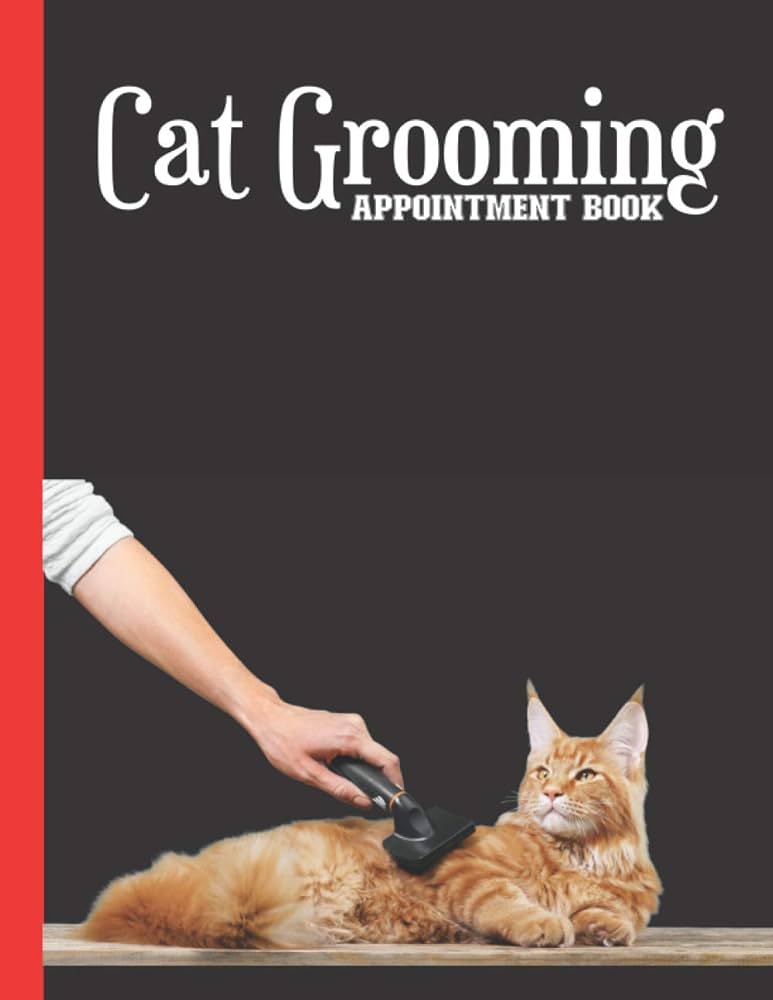
Maximizing Your Cat Grooming Experience
Creating a Relaxing Environment for Your Cat
To make grooming time enjoyable for both you and your feline friend, creating a relaxing environment is essential. Cats are naturally sensitive creatures, and the right atmosphere can significantly reduce their stress levels. Here are some tips for setting the scene:
- Choose a Quiet Space: Select a calm area in your home, free from loud noises and distractions. Avoid areas near other pets or busy rooms to help your cat feel safe.
- Add Familiar Scents: Cats find comfort in familiar smells. You can place their favorite blanket or toy nearby to create a cozy ambiance.
- Use Soft Lighting: Bright lights can be harsh for your kitty’s sensitive eyes. Soft, dim lighting can help create a soothing environment.
- Incorporate Soft Music: Playing soft, calming music can work wonders in easing tension. There are even playlists specifically designed for calming cats.
I found that playing soft classical music during Luna’s grooming sessions not only relaxed her but also made it a pleasant experience. Now, she almost seems to look forward to our time together!
Establishing a Grooming Routine
Consistency is key when it comes to grooming your cat. Establishing a regular grooming routine can help your cat adjust and become familiar with the process. Here’s how to create an effective grooming schedule:
- Set Regular Intervals: Decide how often to groom based on your cat’s breed and coat type. Long-haired cats may require grooming every few days, while short-haired cats can typically be groomed weekly.
- Link Grooming to Daily Activities: Incorporate grooming into your daily routine, perhaps right after meals or playtime. This helps your cat associate grooming with positive experiences.
- Keep Sessions Short: Particularly for new or skittish cats, short grooming sessions can help maintain a pleasant experience. Aim for 5-10 minutes at a time, gradually increasing the duration as they adapt.
- Stay Patient: Cats can take time to adjust to grooming. Consistently offering positive reinforcement, such as treats and praise, will help them acclimate faster.
My friend once mentioned how her cat, Felix, initially hated grooming sessions. However, after establishing a routine with treats afterward, Felix now darts over for his grooming time, ready for pampering!
Dealing with Difficulties in Grooming
Even with the best intentions, some cats may still resist grooming. If you find yourself facing difficulties, here are some strategies to help:
- Identify Triggers: Pay attention to what specifically causes stress for your cat. It could be the brush, the water, or even the noise of the clippers. By identifying triggers, you can address them directly.
- Use Positive Reinforcement: Reward your cat throughout the grooming process with treats or affection, even if they’re merely tolerating it. This helps build a more positive association.
- Take Breaks: If your cat becomes agitated, don’t hesitate to take a break. Allow them some time to relax and regain composure before continuing.
- Seek Professional Help: If grooming becomes consistently problematic, considering a visit to a professional groomer might be beneficial. They can offer tips tailored specifically for your cat’s behavior.
Transitioning through these challenges can feel daunting, but by remaining patient and persistent, you will enhance the grooming experience for both you and your pet. Maximizing your cat grooming experience not only fosters a healthy and clean cat but also strengthens the bond between you two.
Reviews of Amazon’s Best Sellers for Cat Grooming Tools
Product 1: Hertzko Self Cleaning Slicker Brush
When it comes to cat grooming, the Hertzko Self Cleaning Slicker Brush is a fan favorite among pet owners—and for good reason! This brush is designed for both long-haired and short-haired cats, making it a versatile addition to your grooming toolkit. Here are some of its standout features:
- Self-Cleaning Mechanism: With a simple button press, the bristles retract, allowing you to easily wipe away any fur caught in the brush. This feature saves time and hassle, making cleanup a breeze.
- Comfortable Grip: The handle is ergonomically designed, allowing for comfortable use during longer grooming sessions.
- Effective at Removing Loose Fur: The fine wires of the brush reach down to the undercoat, effectively removing tangles and mats without hurting your cat.
My fluffy friend, Mittens, used to get all tangled up in her fur. After using the Hertzko brush, her coat looked smoother, and she seemed much more comfortable. She even started coming to me for grooming!
Product 2: TropiClean Oatmeal and Coconut Shampoo
For those looking for a bath-time solution, TropiClean Oatmeal and Coconut Shampoo is touted as one of the best cat shampoos on Amazon, and it truly lives up to its reputation. Here’s why it’s a great choice for your cat’s bathing needs:
- Natural Ingredients: This shampoo features oatmeal and coconut, both known for their soothing properties. It helps relieve itching and irritation while leaving a pleasant fragrance.
- Biodegradable and Cruelty-Free: Utilizing environmentally friendly practices, this shampoo is a choice you can feel good about.
- Easy Rinse Formula: The formula rinses out easily, preventing any residue from irritating your cat’s skin.
After trying TropiClean on Luna, I couldn’t believe how soft and shiny her coat became. Plus, she smelled divine even days later! I would highly recommend this product for any cat owner looking for a quality shampoo.
Product 3: Pet Republique Cat Nail Clipper
Trimming your cat’s nails is a vital part of grooming, and the Pet Republique Cat Nail Clipper has proven to be one of the best options available. With an array of features, this product is designed with cat owners in mind:
- Safety Guard: This nail clipper features a safety stop to prevent over-trimming, a critical consideration for first-time nail trimmers.
- Ergonomic Design: The comfortable grip makes it easier to handle, especially during those tense nail trimming sessions.
- Durable Stainless Steel Blades: The sharp blades ensure a clean cut without crushing the nail, making the experience less stressful for your cat.
I still recall the first time I used this clipper on Felix. It had been a challenging task previously, but with the Pet Republique, not only was the process quicker, but Felix seemed more at ease, allowing me to finish without too much fuss.
In summary, each of these best-selling grooming products from Amazon offers something unique for cat owners. Taking the time to choose tools that suit both your needs and those of your pet can transform grooming from a chore into an enjoyable bonding experience. Whether you’re brushing, bathing, or trimming nails, these reliable tools can elevate the process and make it a positive experience for both you and your furry companion.

Conclusion
Recap of Benefits of Grooming Your Cat
As we conclude our exploration of cat grooming, it’s essential to reflect on the myriad of benefits that regular grooming provides for your feline friend. We’ve discussed various aspects of grooming, and here’s a recap of why it’s so crucial:
- Health Monitoring: Regular grooming allows you to check your cat’s skin for issues such as lumps, parasites, or irritations. Early detection can prevent more serious health problems.
- Enhanced Comfort: A well-groomed cat is often a more comfortable cat. Grooming helps remove mats and tangles, which can cause discomfort, especially for longer-haired breeds.
- Reduced Shedding: Grooming minimizes shedding, keeping your home cleaner and limiting the allergens that can accumulate.
- Bonding Time: Grooming becomes a unique bonding experience, fostering trust and affection between you and your cat. Just as my bond with Luna strengthened each time I brushed her, your connection will deepen with regular, gentle interaction.
- Stress Relief: For many cats, grooming can be relaxing and soothing. It can even help reduce anxiety and create a calming routine.
By prioritizing grooming, you’re contributing to your cat’s overall well-being. It’s a small but impactful commitment that yields significant benefits for both you and your furry companion.
Final Thoughts on Using Amazon’s Best Sellers for Cat Grooming tools
When it comes to selecting grooming tools, Amazon offers a treasure trove of options that cater to every cat owner’s needs. The best-selling products we discussed—like the Hertzko Self Cleaning Slicker Brush, TropiClean Oatmeal and Coconut Shampoo, and Pet Republique Cat Nail Clipper—are not only highly rated but also have proven effective in real-life applications.
Here are a few final thoughts to consider when shopping for grooming tools:
- Prioritize Ease of Use: Tools that simplify the grooming process will make your experience smoother and more enjoyable. Look for items with features like self-cleaning mechanisms or ergonomic designs.
- Read Reviews: Customer feedback can provide invaluable insights into the effectiveness and durability of products. Take the time to read through reviews to find what resonates with your cat’s needs.
- Invest for the Long Haul: While some products may have a higher upfront cost, investing in quality tools often pays off in terms of durability and performance.
As a cat owner, embracing the world of grooming can transform your bond with your pet. Investing in the right tools, establishing a routine, and committing to gentle, loving care will make the grooming process a delightful ritual rather than a chore. So why not head to Amazon today and explore the best sellers to find the perfect grooming aids for your feline companion? Happy grooming!

